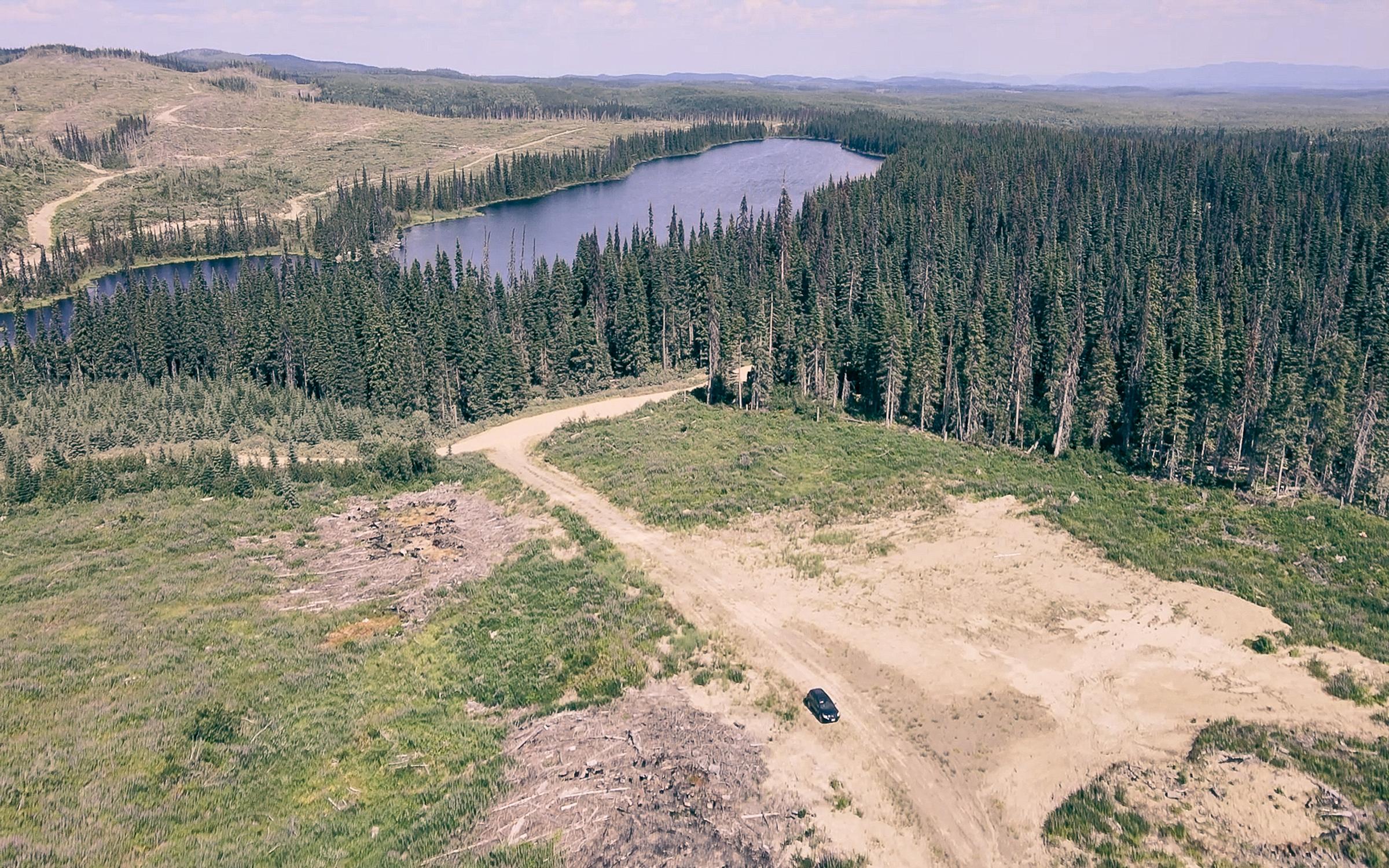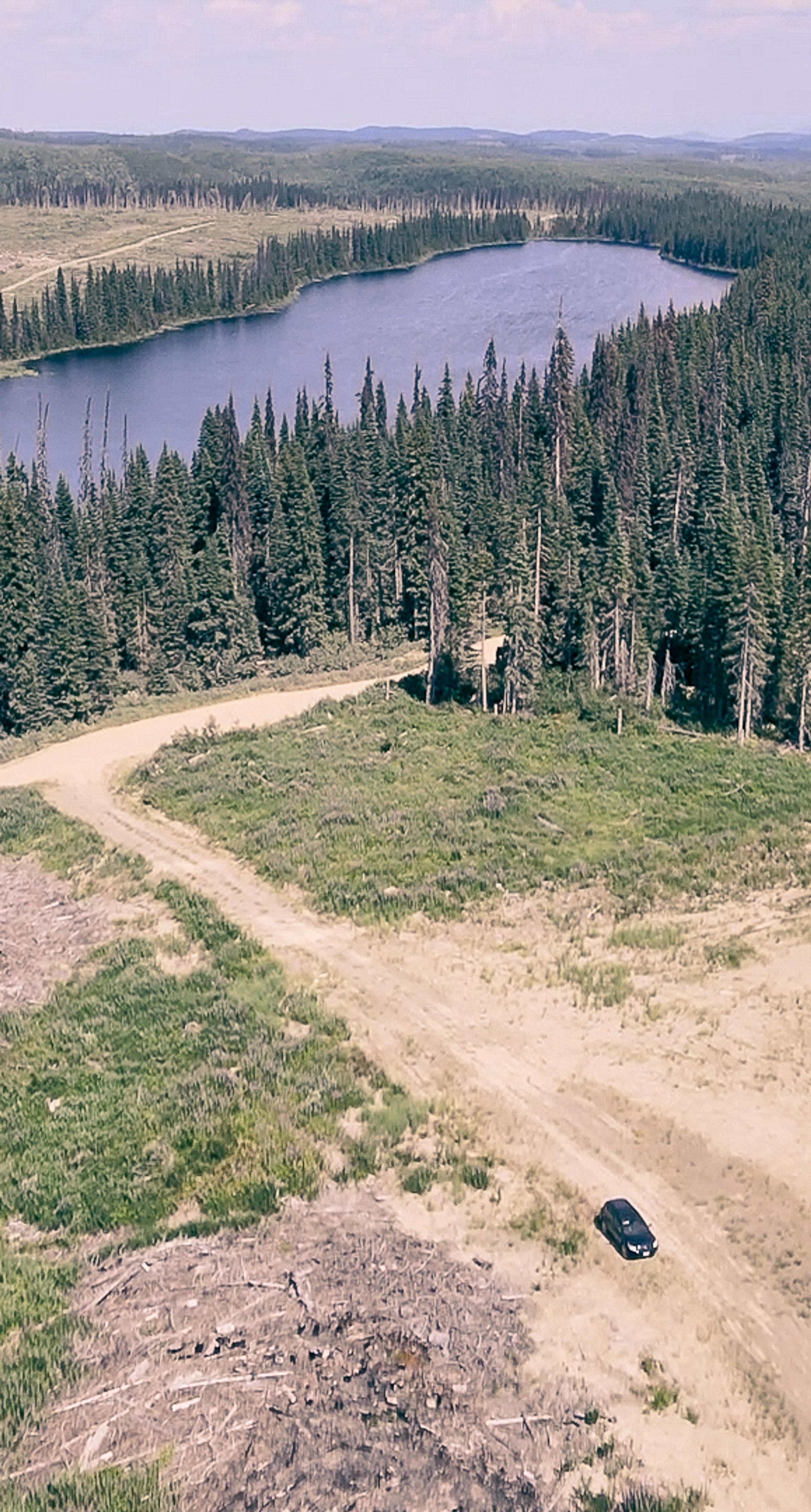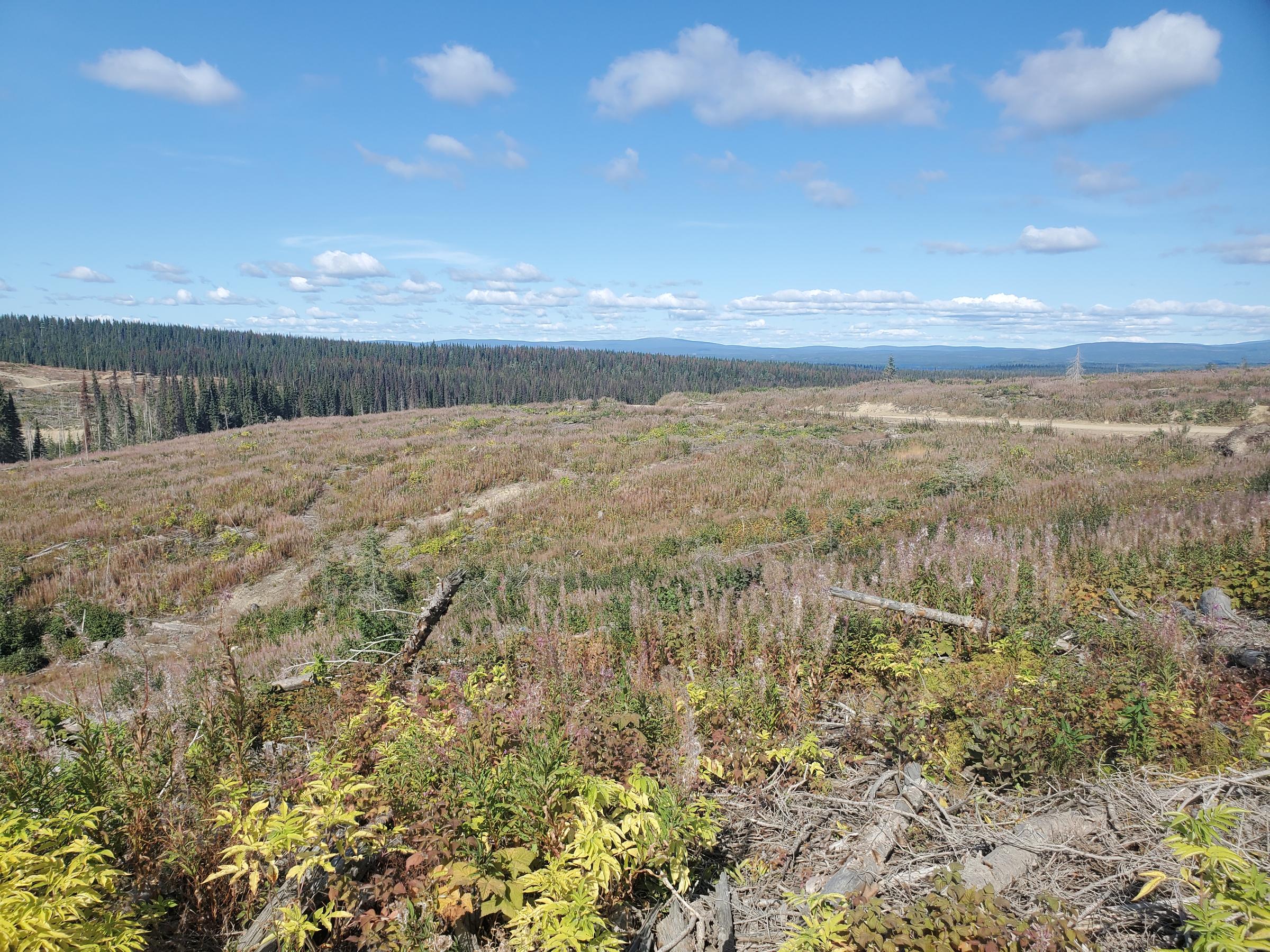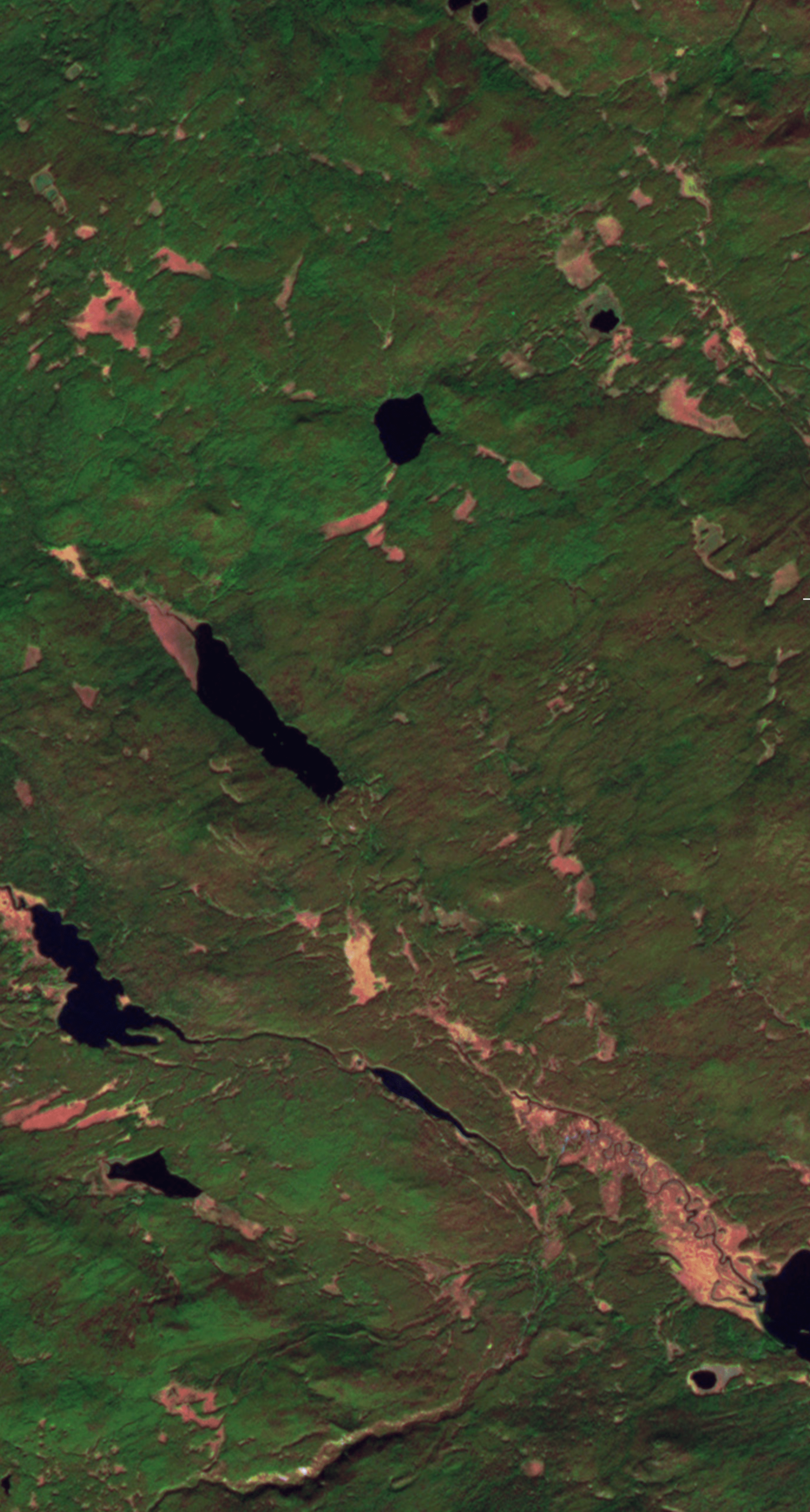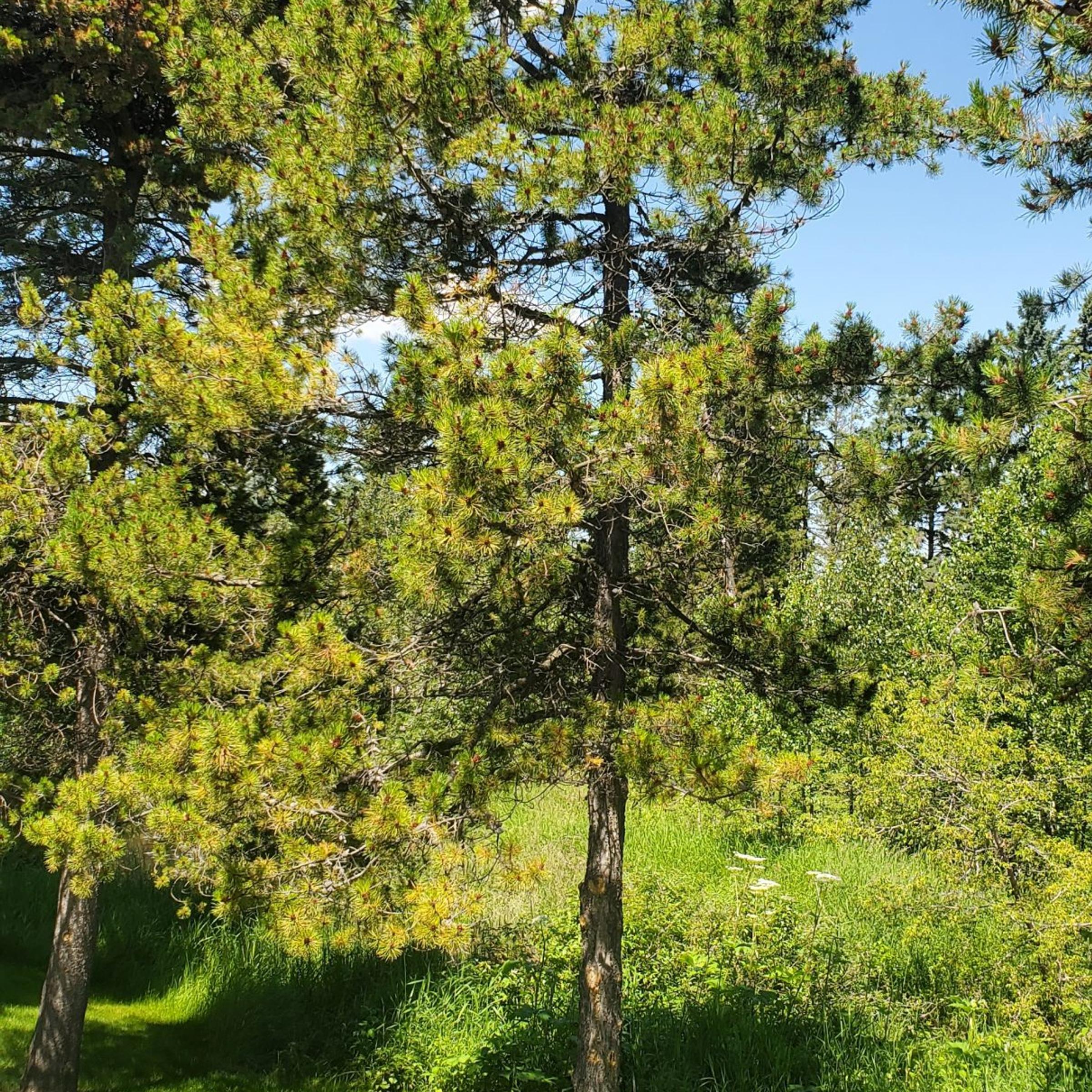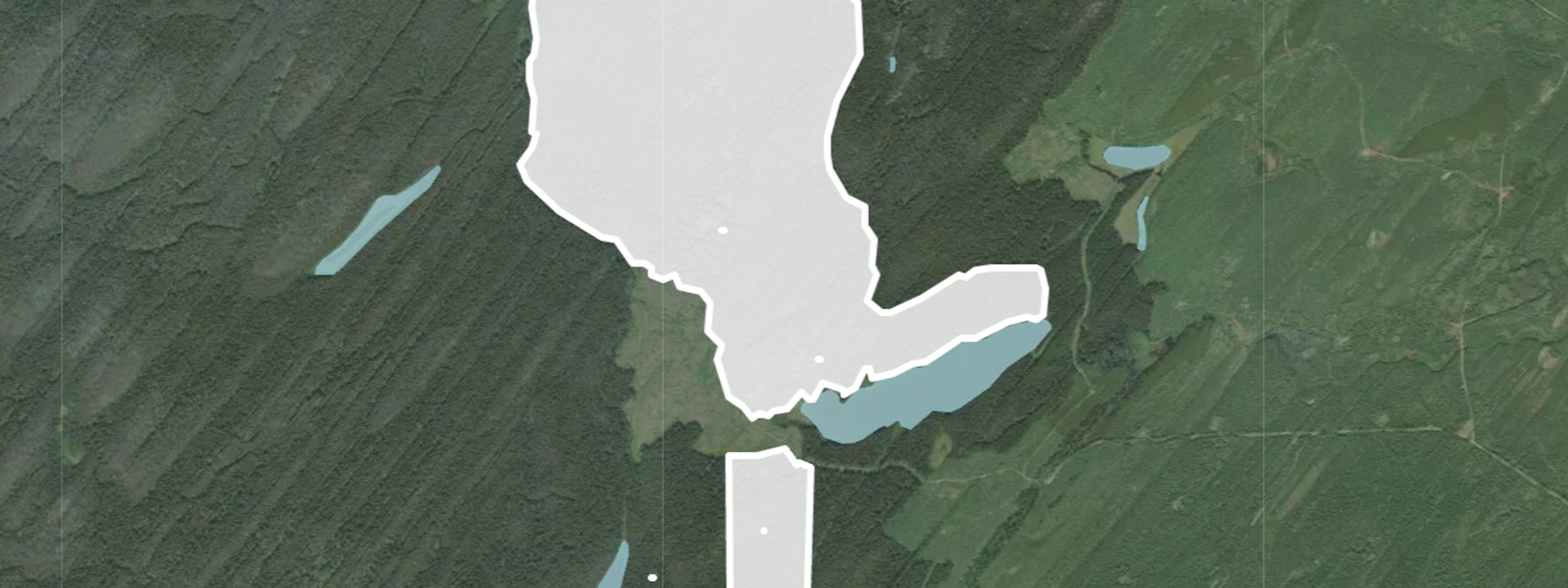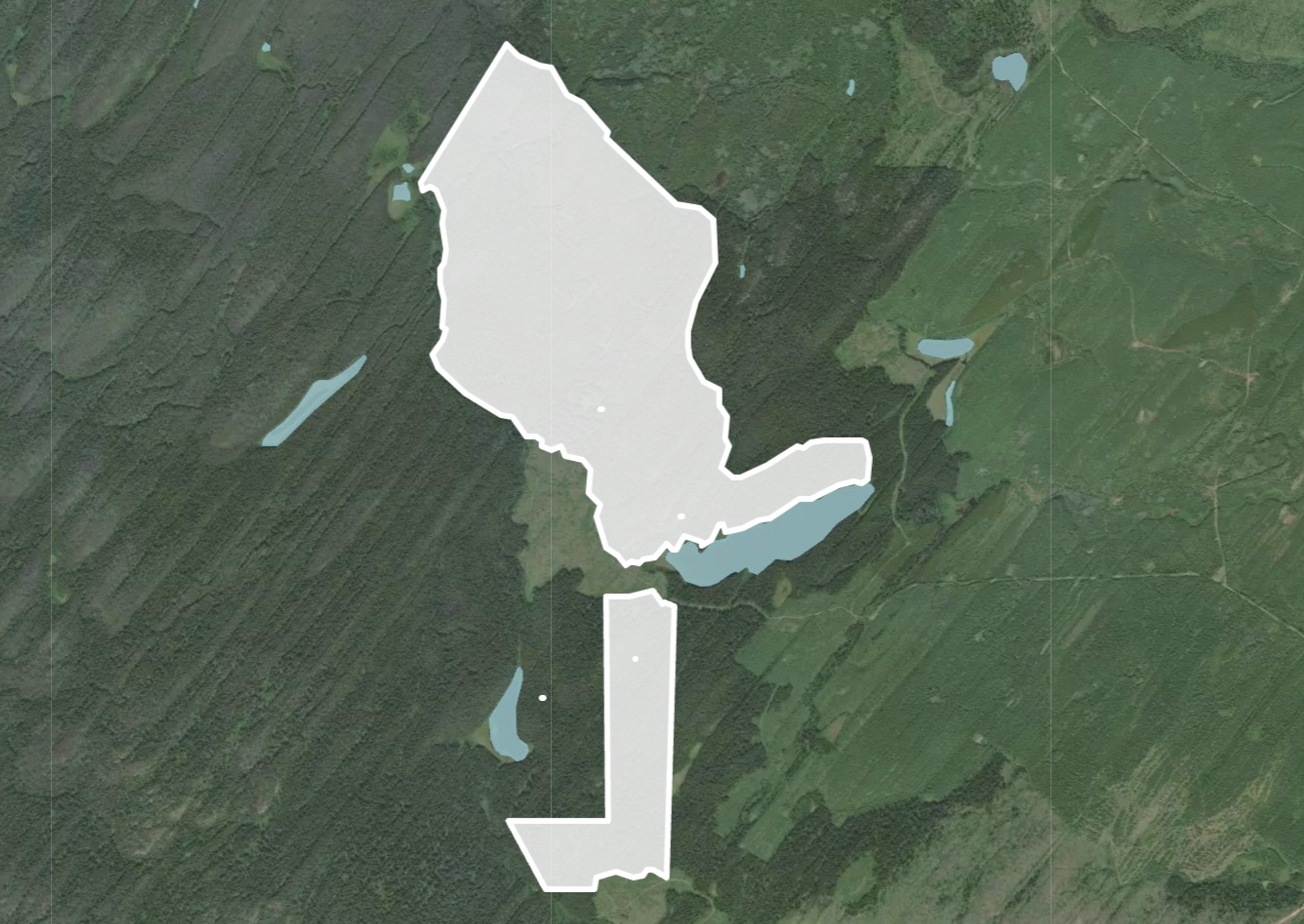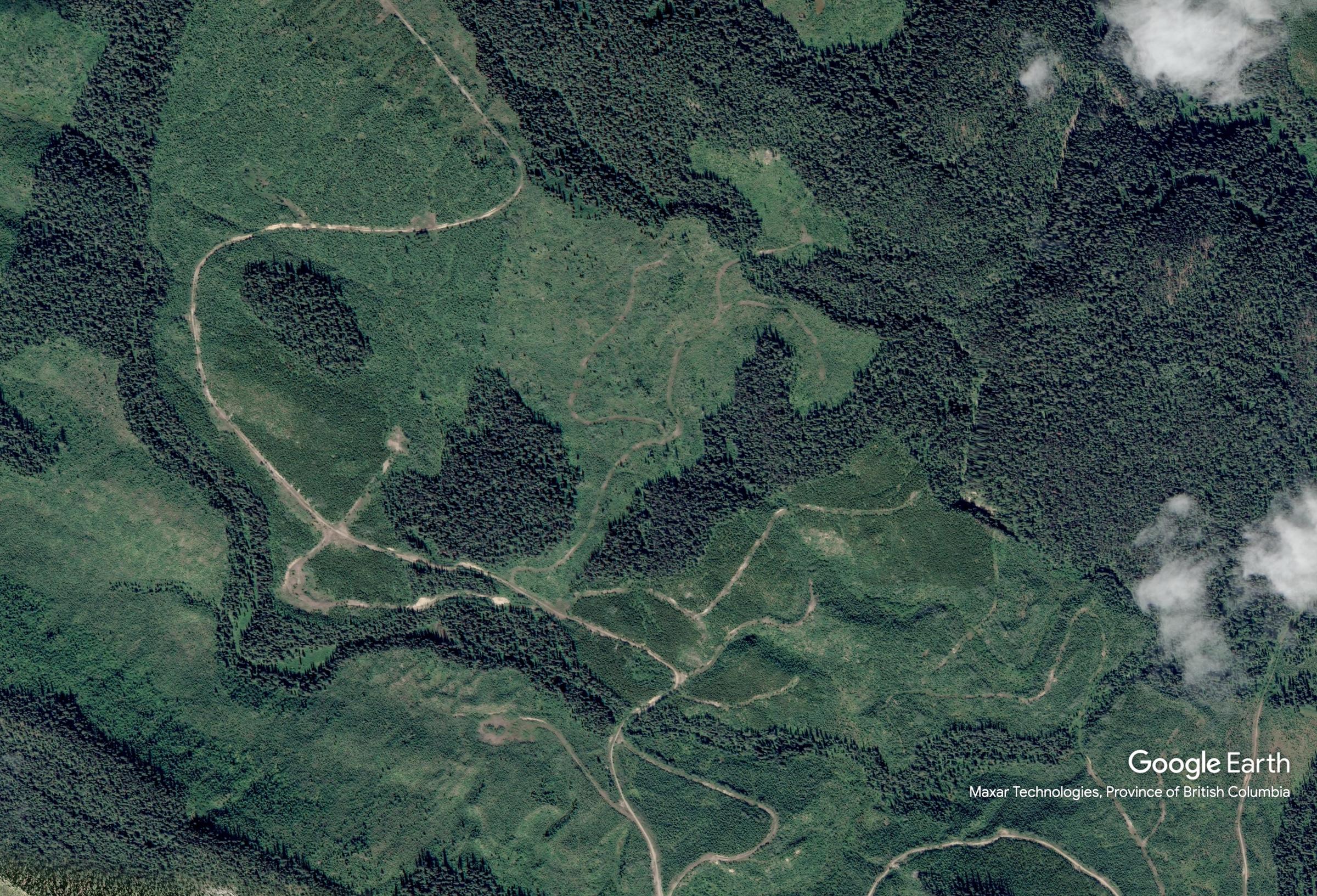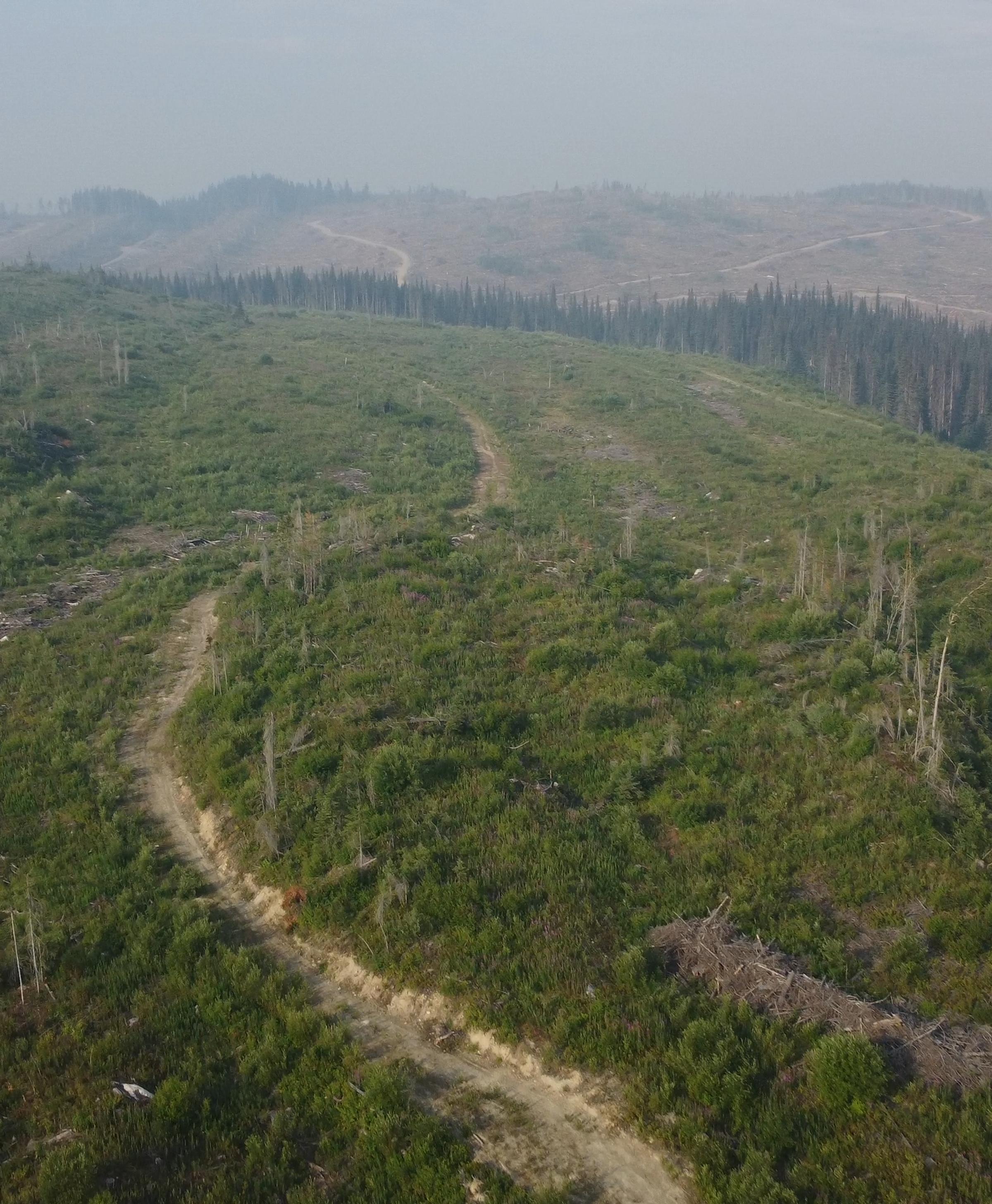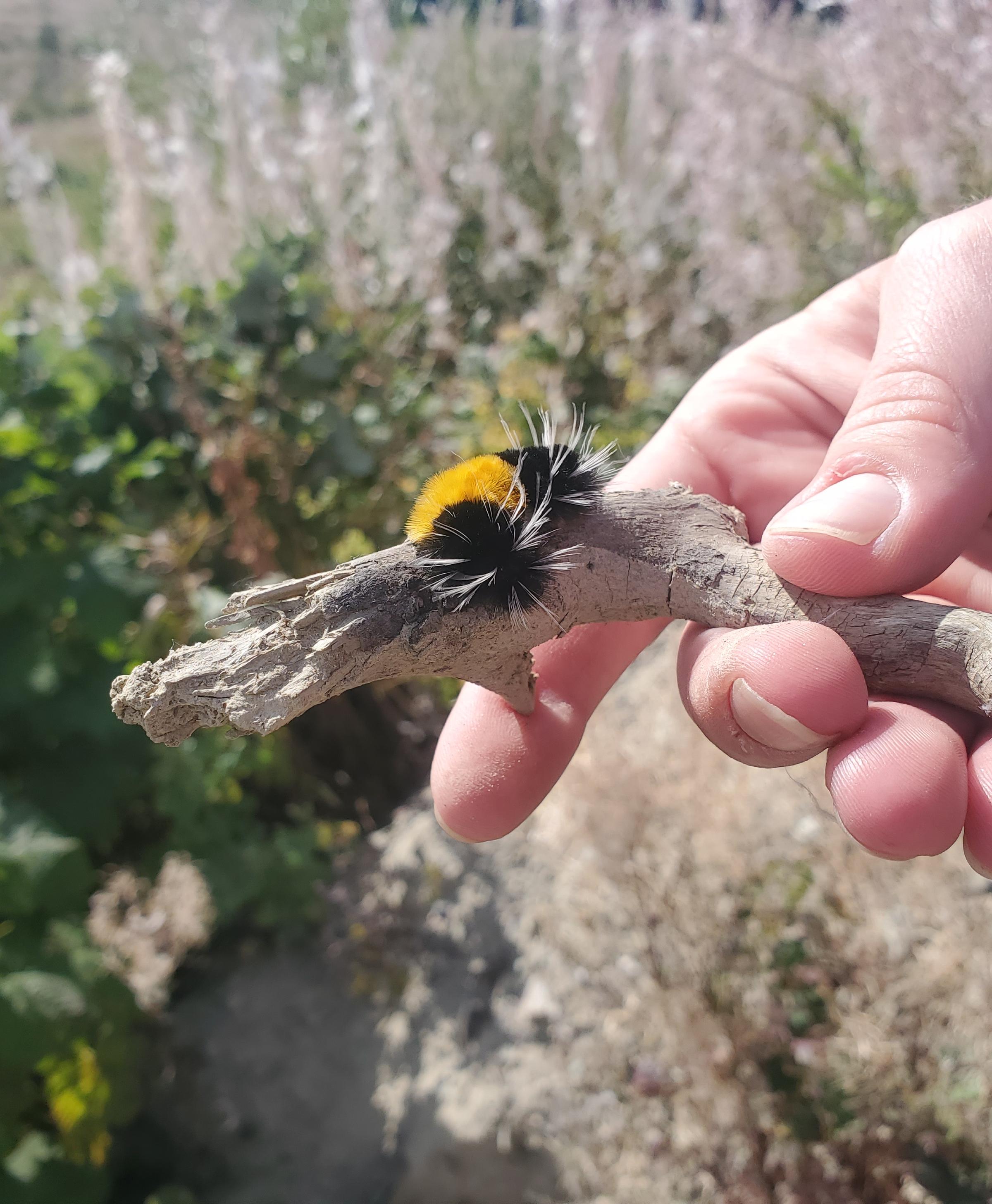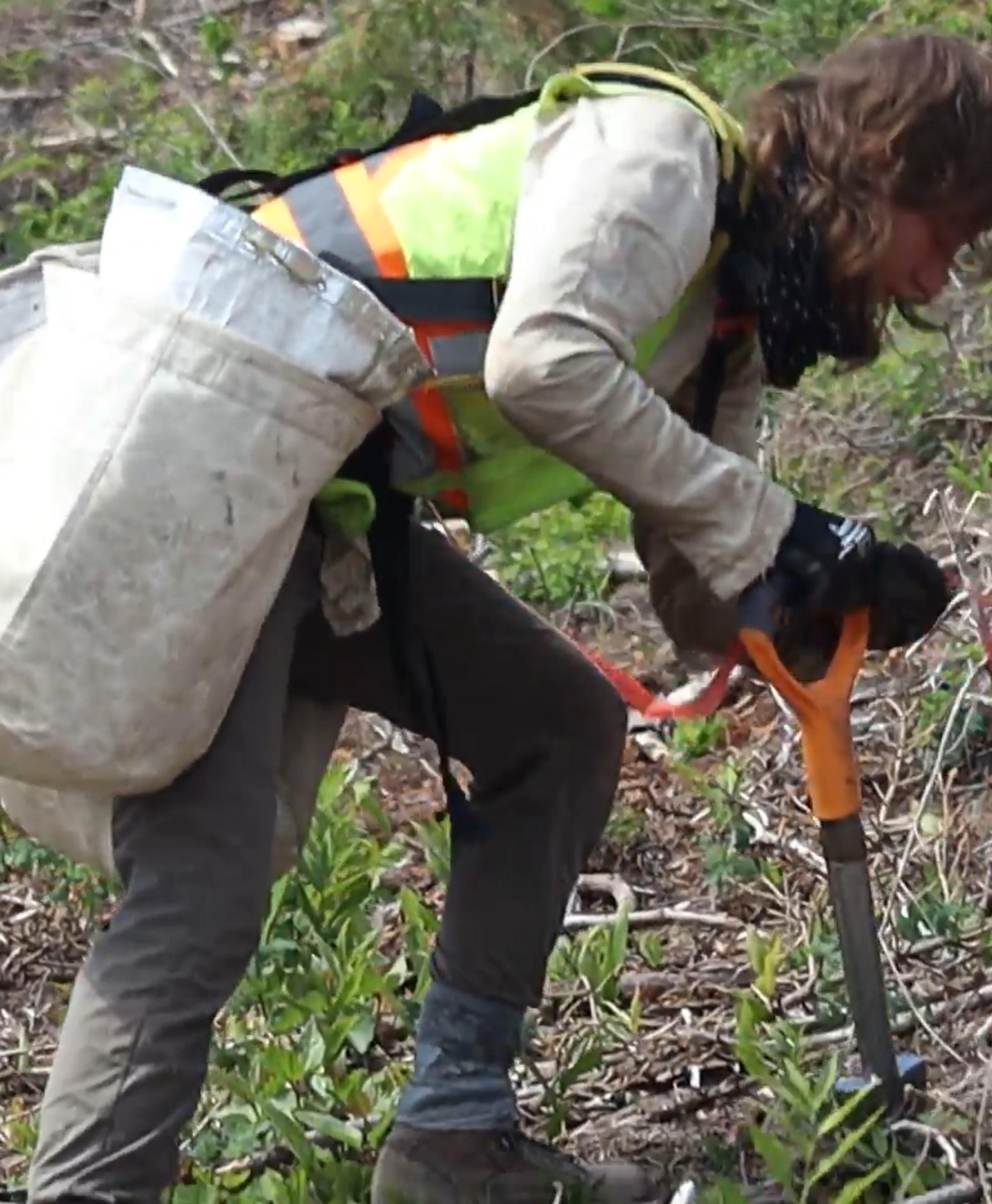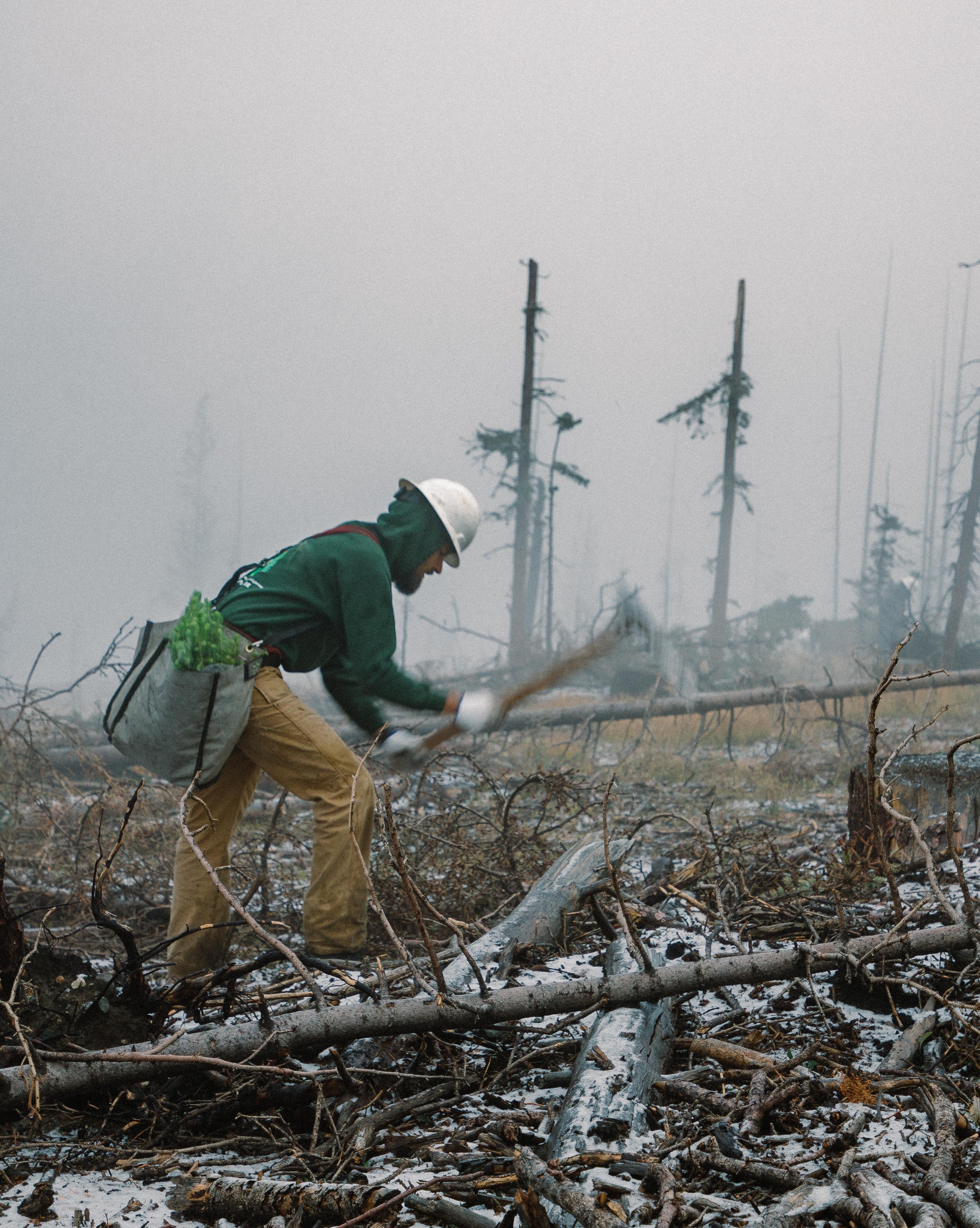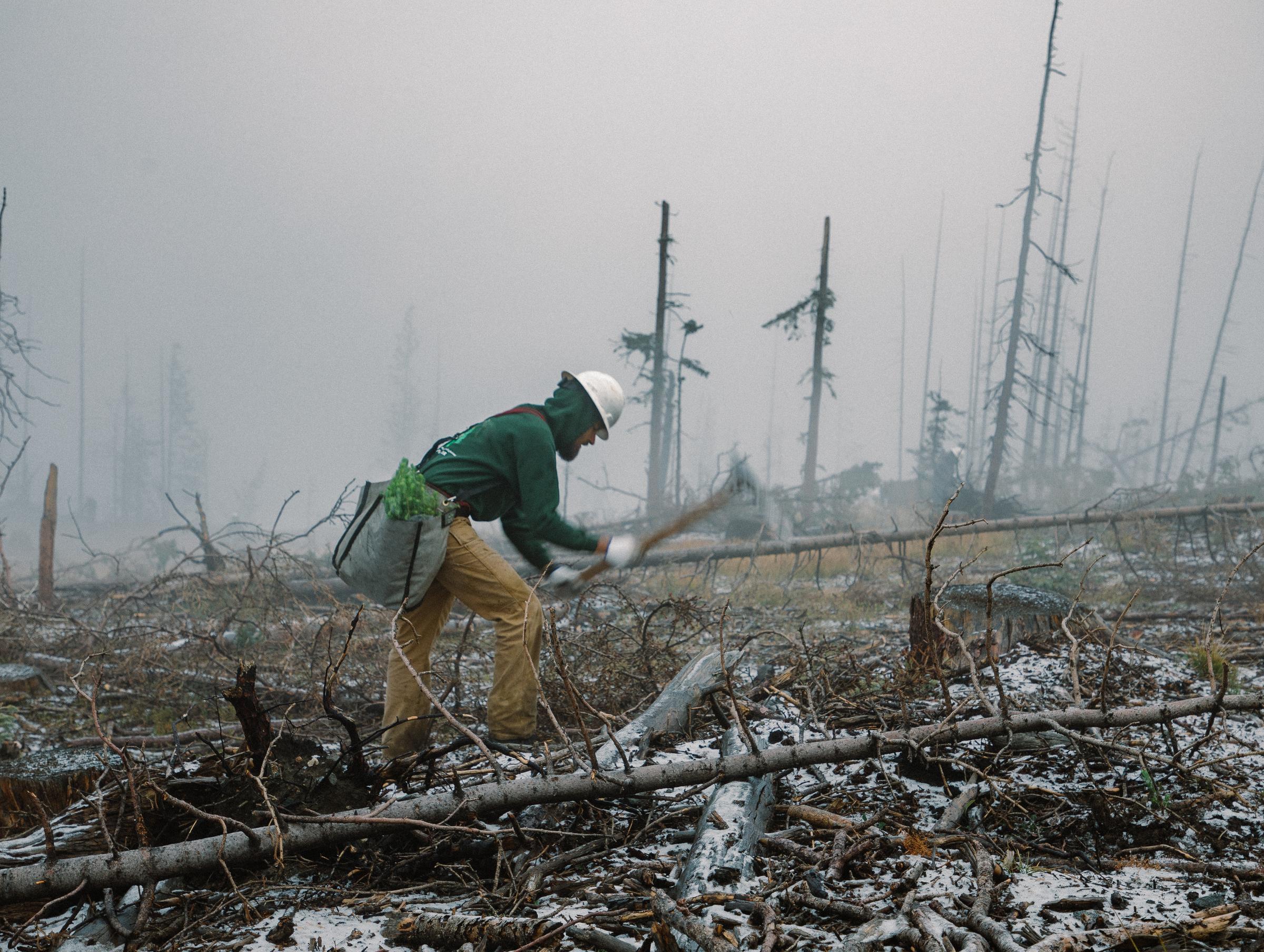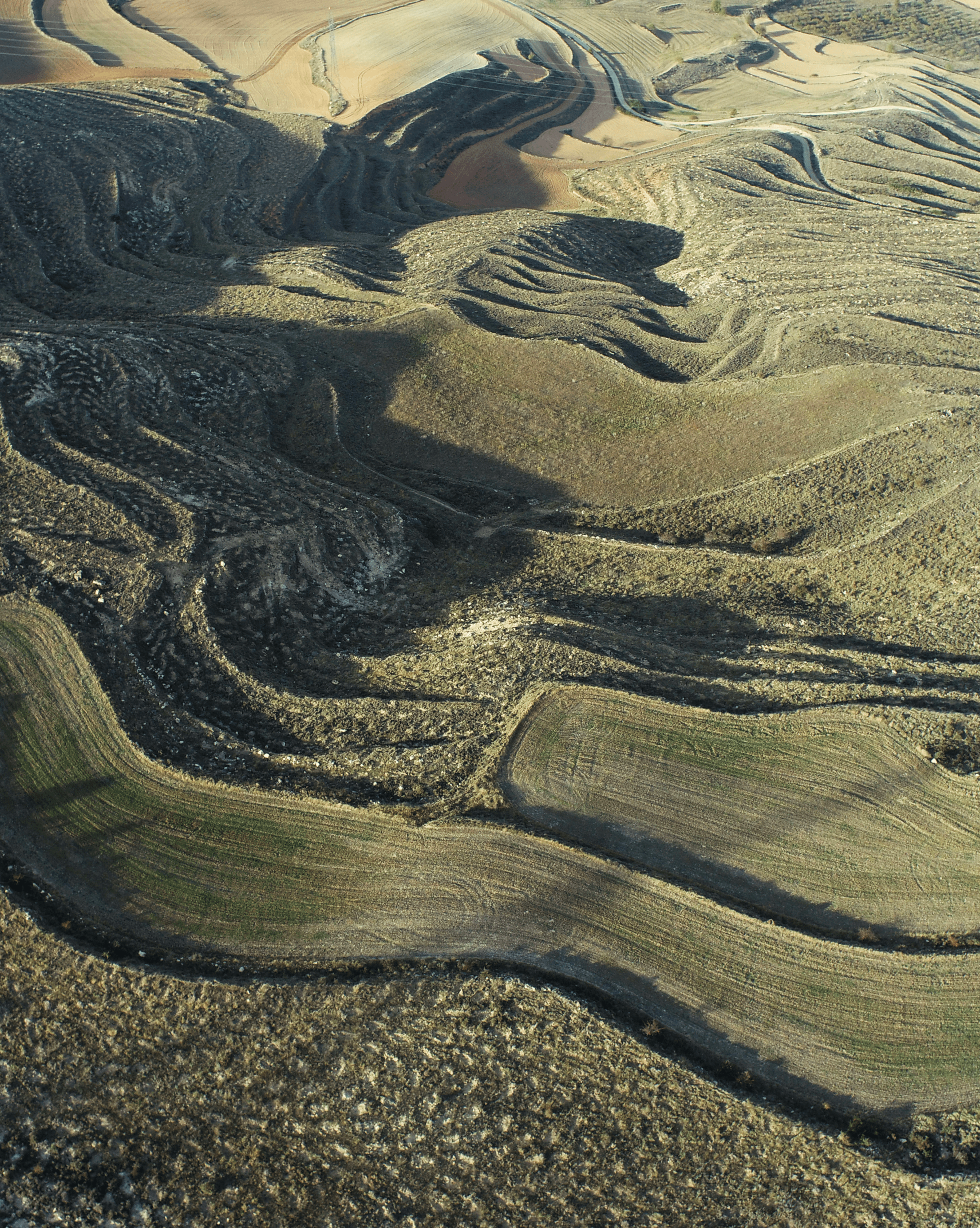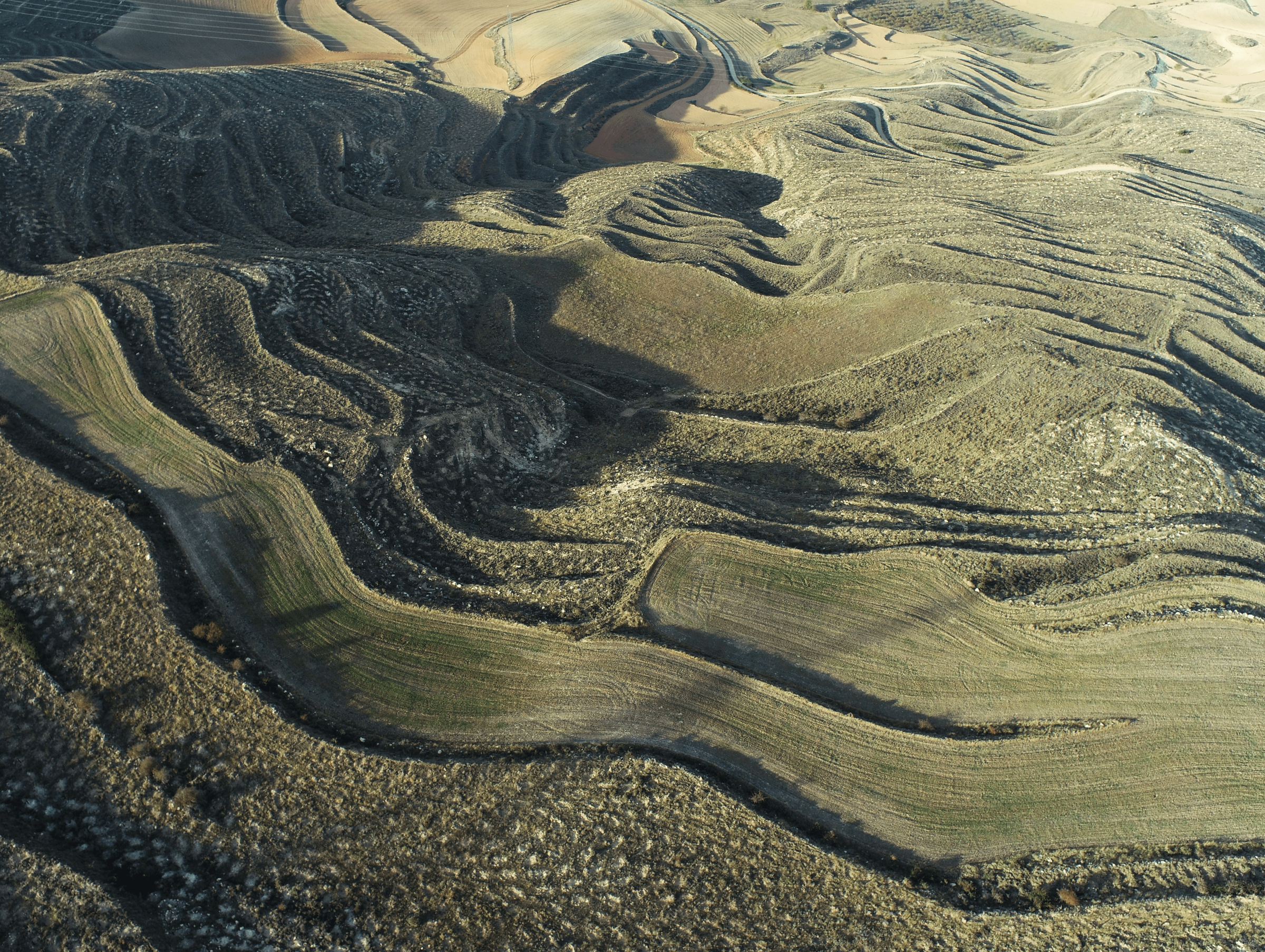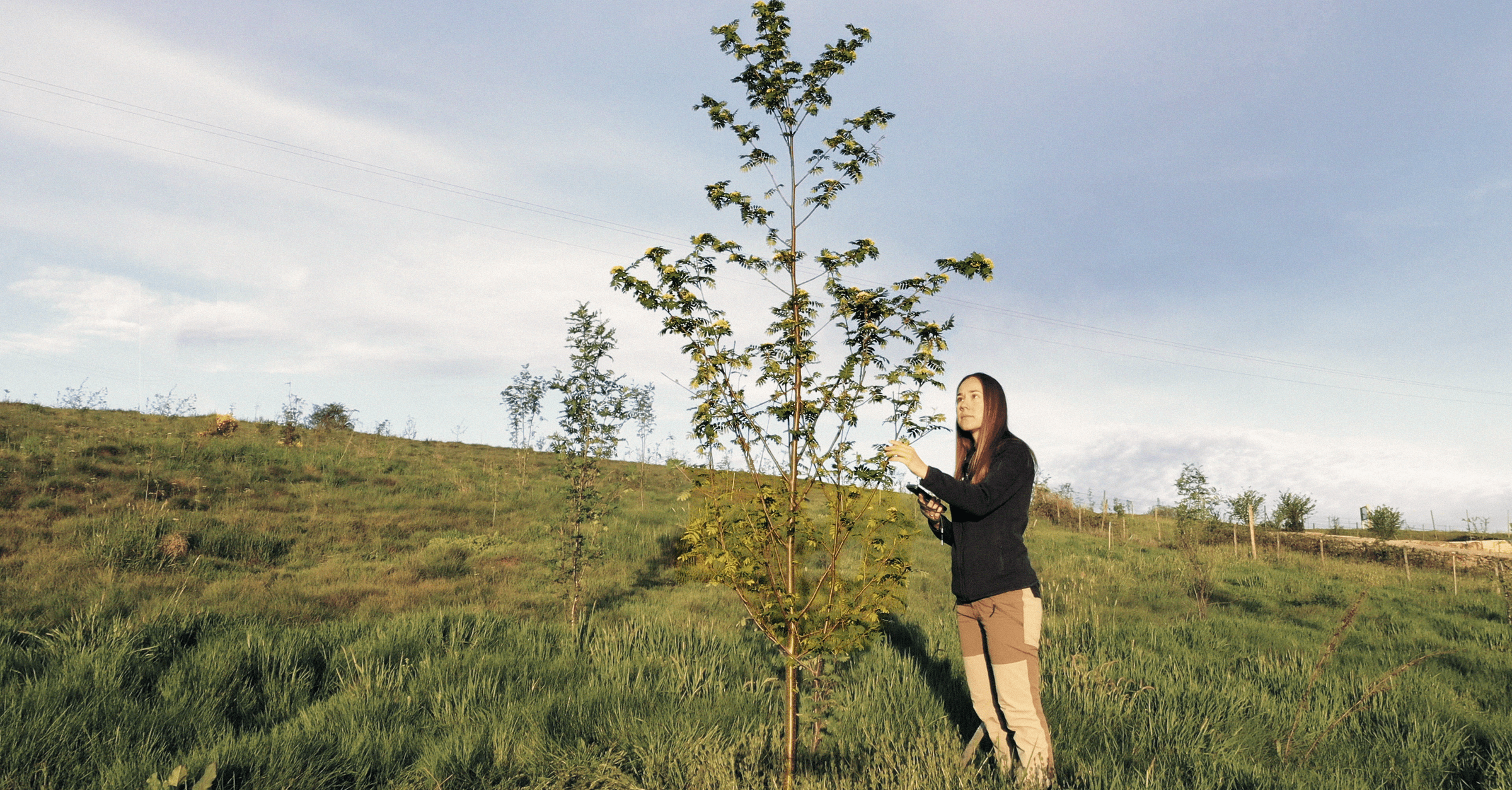Reforesting After Insect Outbreaks in British Columbia, Canada
- BRITISH COLUMBIA
- CANADA
- 2022
Bringing Back Forests Destroyed By Insects
How Do Pests and Diseases Cause Land Degradation?
Bark beetles are native to British Columbia and are part of a healthy ecosystem as they thin the forest of weak trees and provide food for birds.
However, due to the warming climate, they are able to reproduce faster than ever before. As drought increases, pine trees are unable to produce enough sap, their main defense against the beetles burrowing into their bark. This eventually kills the trees and has caused damage to 20 million hectares (50 million acres) of forests in British Columbia.
We work with First Nations and private landowners to restore their forests by planting a mix of species that may be adapted to future climates. In addition, we collaborate on a long-term plan to keep the forest as healthy as possible.
Some key causes of insect damage are:
Restoring Degraded Land After an Infestation: Land Life's Approach
Land Life has developed tailored strategies to rehabilitate land devastated by pests and diseases. Our approach combines scientific understanding with practical experience, focusing on rebuilding resilient ecosystems.
Land Life Project: British Columbia, Canada
In 2017, land owned by the McLeod Indian Band in British Columbia suffered extensively due to a beetle infestation that destroyed over 3,700 hectares of tribal reserve land. Since 2022, Land Life has been working to restore this region.
Project Highlight
Restoring degraded land after an infestation: Land Life's approach to tackling pests and diseases
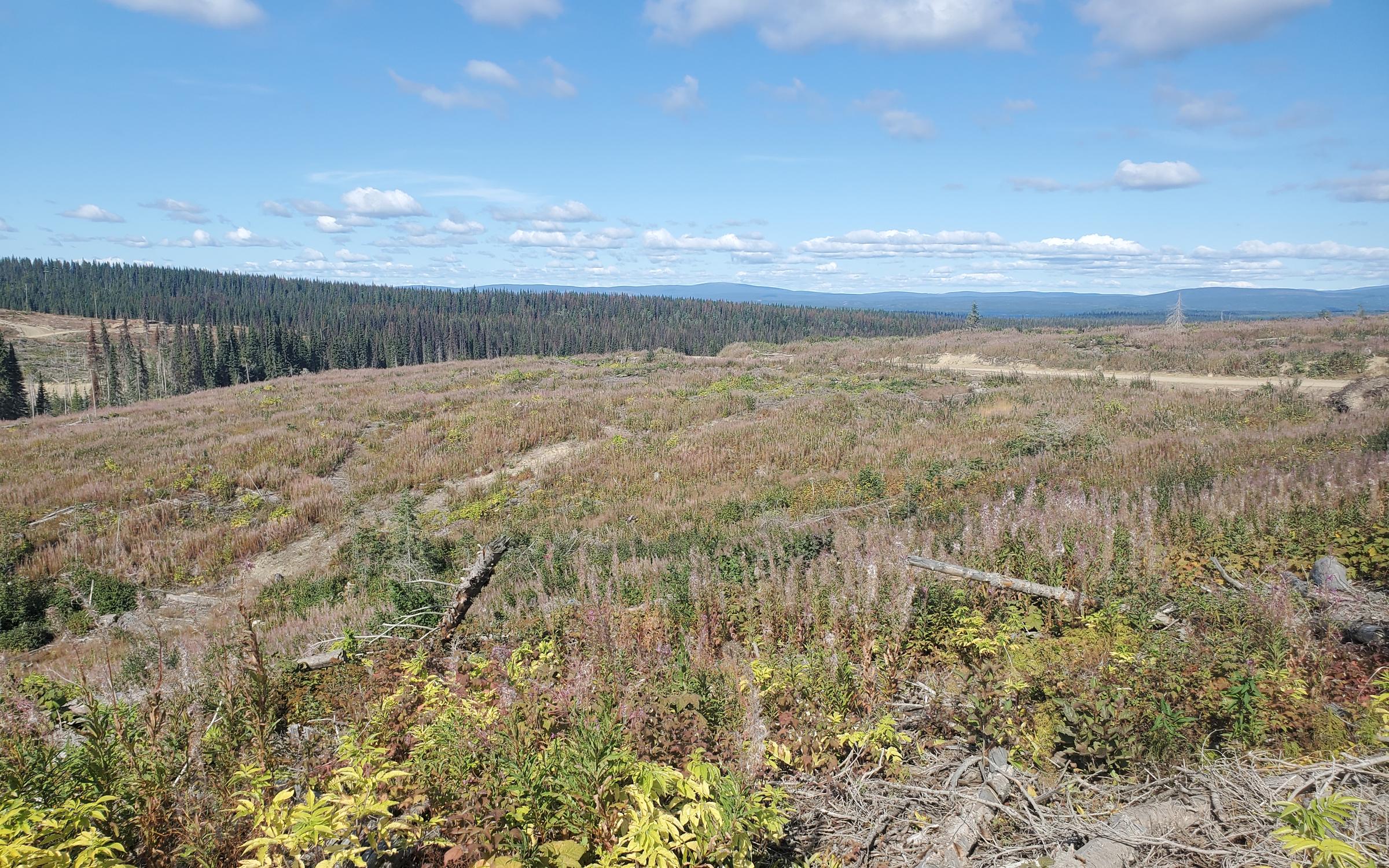

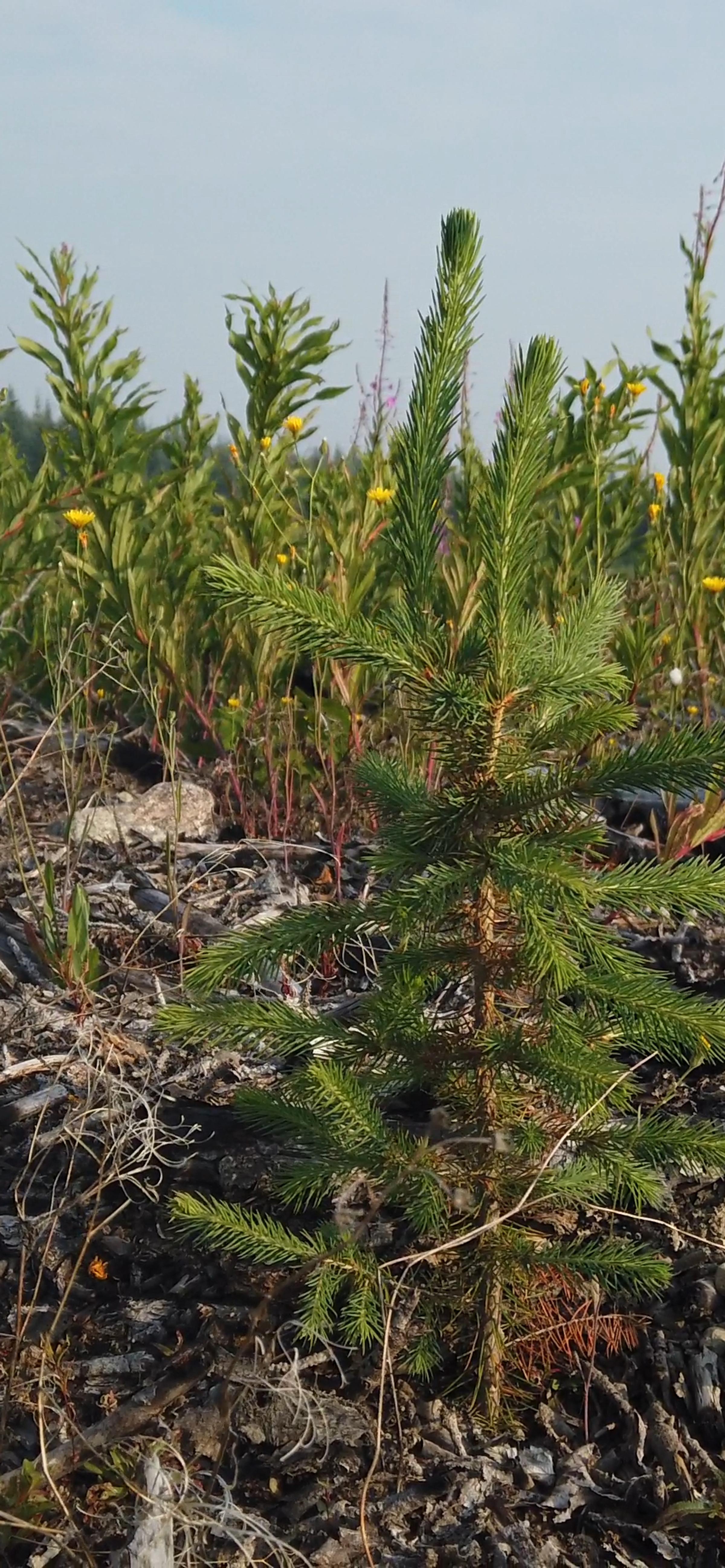
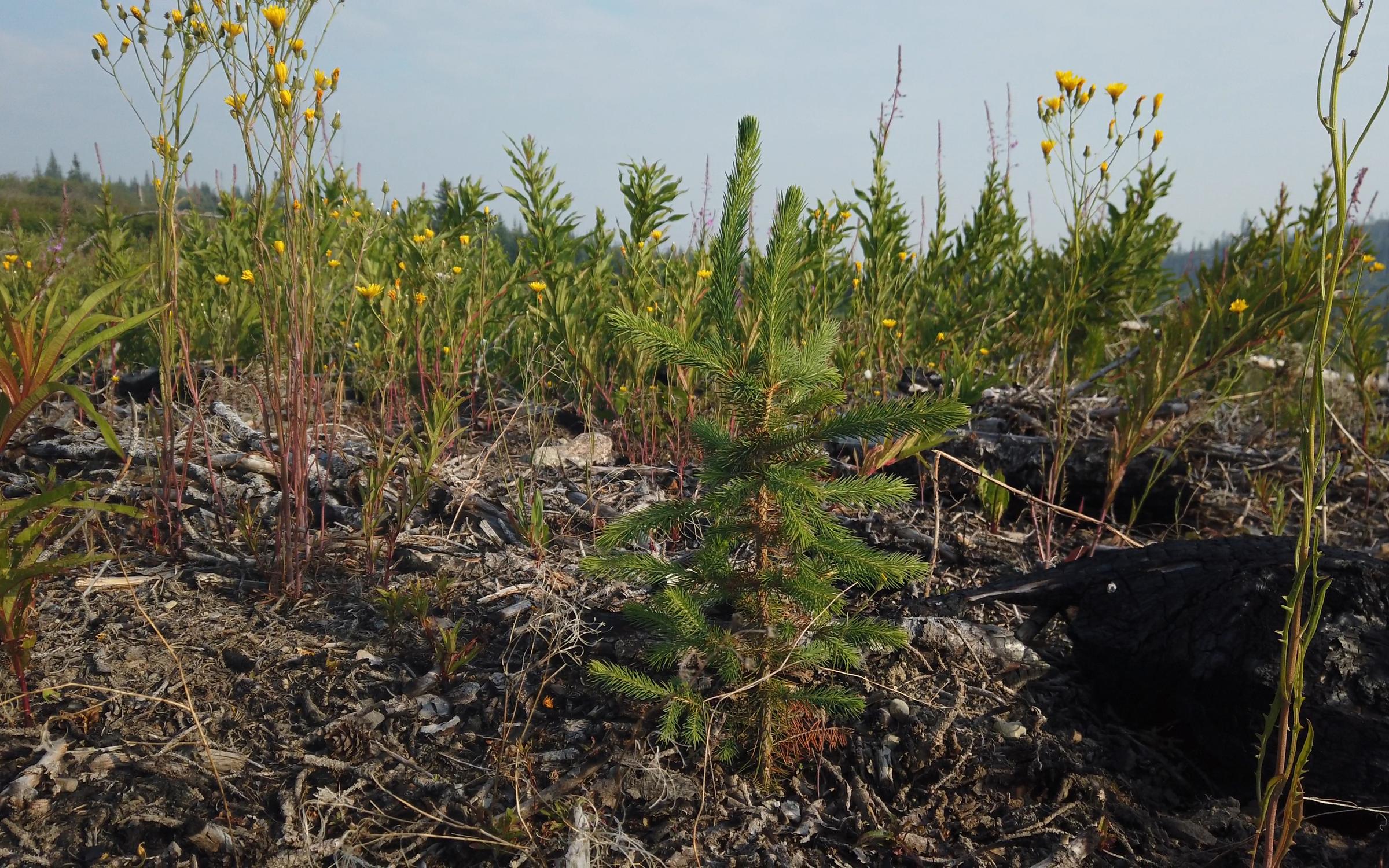
Beyond Carbon
Who did we work with?

Planting and implementation – Integrated vegetation management (IVM) solutions provider. Experts in vegetation management, forest management, and reforestation.
Spectrum Resource Group
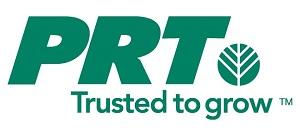
Seedling sourcing– Investment in the local nurseries to assist in building up the capacity.
PRT Nursery
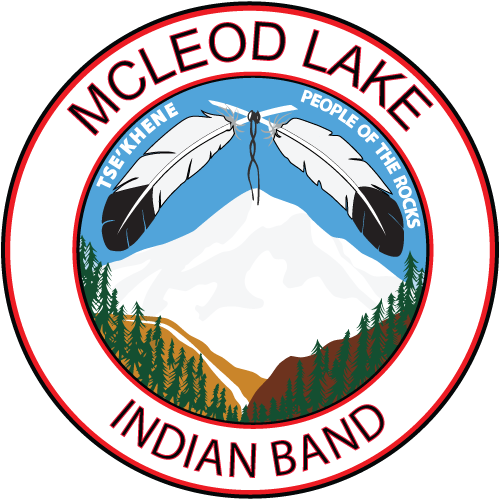
Landowners– The land is held by this tribal land through the McLeod Lake Indian Band Treaty No. 8 Adhesion and Settlement Agreement.
McLeod Lake Indian Band
Other Land Types
Case studies according to different land types and degradation causes.
